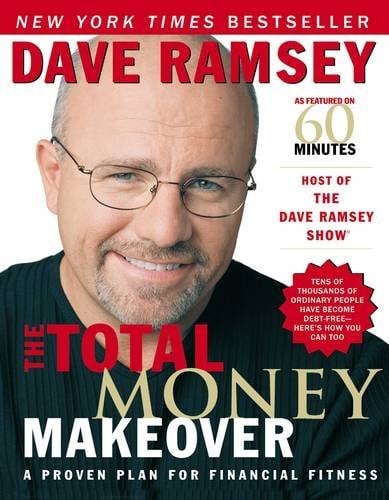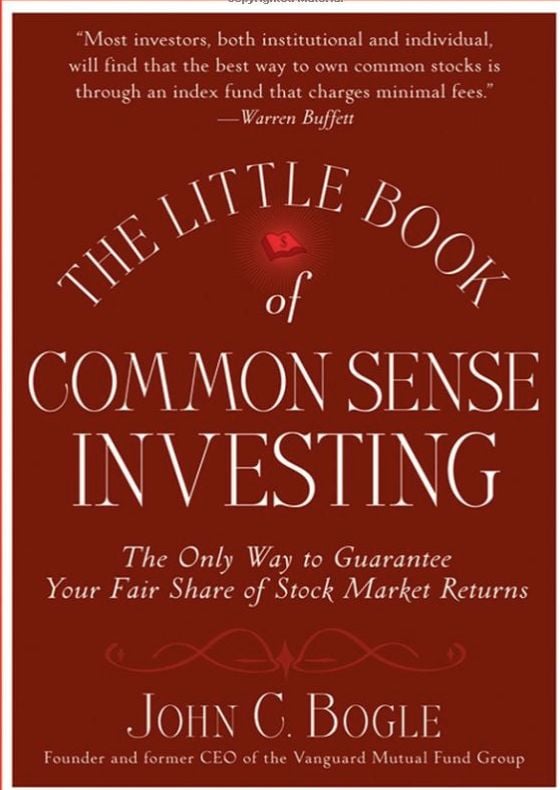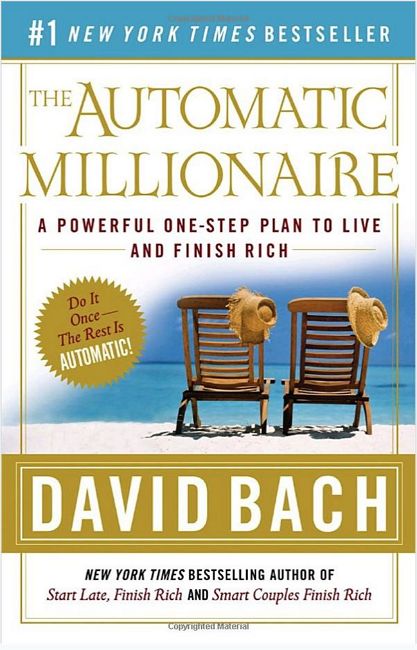The Total Money Makeover: A Proven Plan for Financial Fitness
Author: Dave Ramsey
ISBN: 159555078X
Amazon Link:
https://www.amazon.com/gp/product/0785263268
Table of Contents:
Chapter 1: The Total Money Makeover Challenge
Chapter 2: Denial: I’m Not That Out of Shape
Chapter 3: Debt Myths: Debt Is (Not) a Tool
Chapter 4: Money Myths: The (Non)Secrets of the Rich
Chapter 5: Two More Hurdles: Ignorance and Keeping Up with the Joneses
Chapter 6: Save $1,000 Fast: Walk Before You Run
Chapter 7: The Debt Snowball: Lose Weight Fast Really
Chapter 8: Finish the Emergency Fund: Kick Murphy Out
Chapter 9: Maximize Retirement Investing: Be Financially Healthy for life
Chapter 10: College Funding: Make Sure the Kids Are Fit Too
Chapter 11: Pay Off the Home Mortgage: Be Ultra-Fit
Chapter 12: Build Wealth Like Crazy: Become the Mr. Universe of Money
Chapter 13: Live Like No One Else
An influential voice in my personal finance journey
Dave Ramsey played a key role in my personal finance journey so I decided I had to publish a review of his best selling The Total Money Makeover which I first read back in 2006! While some of Dave Ramsey’s methods and advice are debated, there is no denying that he is the most popular figure in America when it comes to personal finance and money. He has just published his 3rd edition of this book which has sold more than 5 million copies! The Amazon stats on the 2nd edition are impressive:
Average Customer Review: 4.7 out of 5 stars 4,071 customer reviews
Amazon Best Sellers Rank: #24 in Books (See Top 100 in Books)
#2 in Education Funding (Books)
#1 in Christian Stewardship (Books)
#1 in Education Workbooks (Books)
Here is his complete Biography:
Dave Ramsey is America’s trusted voice on money and business. He’s authored five New York Times best-selling books: Financial Peace, More Than Enough, The Total Money Makeover, EntreLeadership and Smart Money Smart Kids. And check out his new products: Financial Peace Junior and Junior’s Adventures Storytime Book Set! “The Dave Ramsey Show” is heard by more than 8.5 million listeners each week on more than 550 radio stations, “The Dave Ramsey Show” channel on iHeartRadio, and a 24-hour online streaming video channel. Ramsey Solutions offers a suite of products and services to help people get control of their finances and other aspects of their lives. Follow Ramsey on Twitter at @DaveRamsey and on the web at daveramsey.com.
How I stumbled on Dave Ramsey
Here is a little background on how I discovered Dave Ramsey and the principles that he teaches. In 2008, I moved to Atlanta to work for The Home Depot. I was just starting to learn some of the radio stations on my way home from work and I stumbled on the Dave Ramsey show and became a regular listener.
I view Dave Ramsey as a great start on your path to financial independence. Sort of like Personal Finance 101 class. If you are living beyond your means racking up all kinds of debt and have really no clue on how to manage your finances Dave is great for this type of person which I might add is most of the country. I think this is why Dave resonates with such a broad audience. If you are looking for advanced classes on personal finance Dave is not going to be the right resource for you.
So let’s look at the actual book now. The first 5 chapters lay the foundation for how so many peoples finances are a disaster: over spending, maxing credit cards, and ridiculous car payments. Dave nails the keeping up with the Jones mentality and how if you want to be broke your entire life keep doing what everybody else is doing. After Chapter 5 Dave lays out his 7 baby steps which provide an alternative lifestyle to looking wealthy but being broke. Let’s look at each of the baby steps:
BABY STEP 1: Save $1,000 for your starter emergency fund.
I like this first step. You need to have a small cushion in your life so that when your water heater blows a leak your life is not thrown upside down!
BABY STEP 2: Pay off all debt (except the house) using the debt snowball.
This is one of Dave’s most controversial topics. Most finance gurus will tell you to pay off debt with the highest interest. And mathematically that is absolutely the right approach. The problem is personal finance is not all about math, human behavior is at play. I like what Dave advocates here as the momentum you can gain from paying off the small debts is powerful.
BABY STEP 3: Save 3–6 months of expenses in a fully funded emergency fund.
100% agree with this step. It is the first step in my own investment walk as well.
BABY STEP 4: Invest 15% of your household income in retirement.
I disagree with this. 15% is too low! You need to be maxing out your retirement accounts as early as possible to get the incredible long term benefits of compounding! Read my investment walk
BABY STEP 5: Save for your children’s college fund.
I like this advice. My parents paid for my education and we want to do the same for our children. We make deposits in both of our kids 529 plans every month as part of having our finances on Autopilot.
BABY STEP 6: Pay off your home early.
This is another of Dave Ramsey’s very controversial recommendations. This topic could take up an entire post but here is the short version! The finance gurus say you should never pay off your mortgage since you can get better returns in the market. Again, the math might say so but the freedom that being debt free is incredibly powerful.
BABY STEP 7: Build wealth and give.
I have a lot of disagreement with Dave Ramsey on this step. While the premise is good, I don’t like the way in which he advocates for building wealth. He recommends mutual funds via his advisor network which will just result in excessive sales commisions and fees. As a strong beliver in index funds and being a 100% VTSAX investor this is just bad advice!
His message that “if you live like no one else you can live like no one else” at this stage absolutely resonates but there is a lot more to this step than Dave details out. Again, a good start, but there are much better guides out there for the more advanced saver and investor like JL Collins outstanding The Simple Path to Wealth.
I have given this book to family members and as wedding presents as I think the overall message is pretty solid advice. Especially against the backdrop of the typical American train wreck of negative savings rates and maxed out credit card debt. Just skip his investing recommendations!
My Rating: 3.5 Stars


